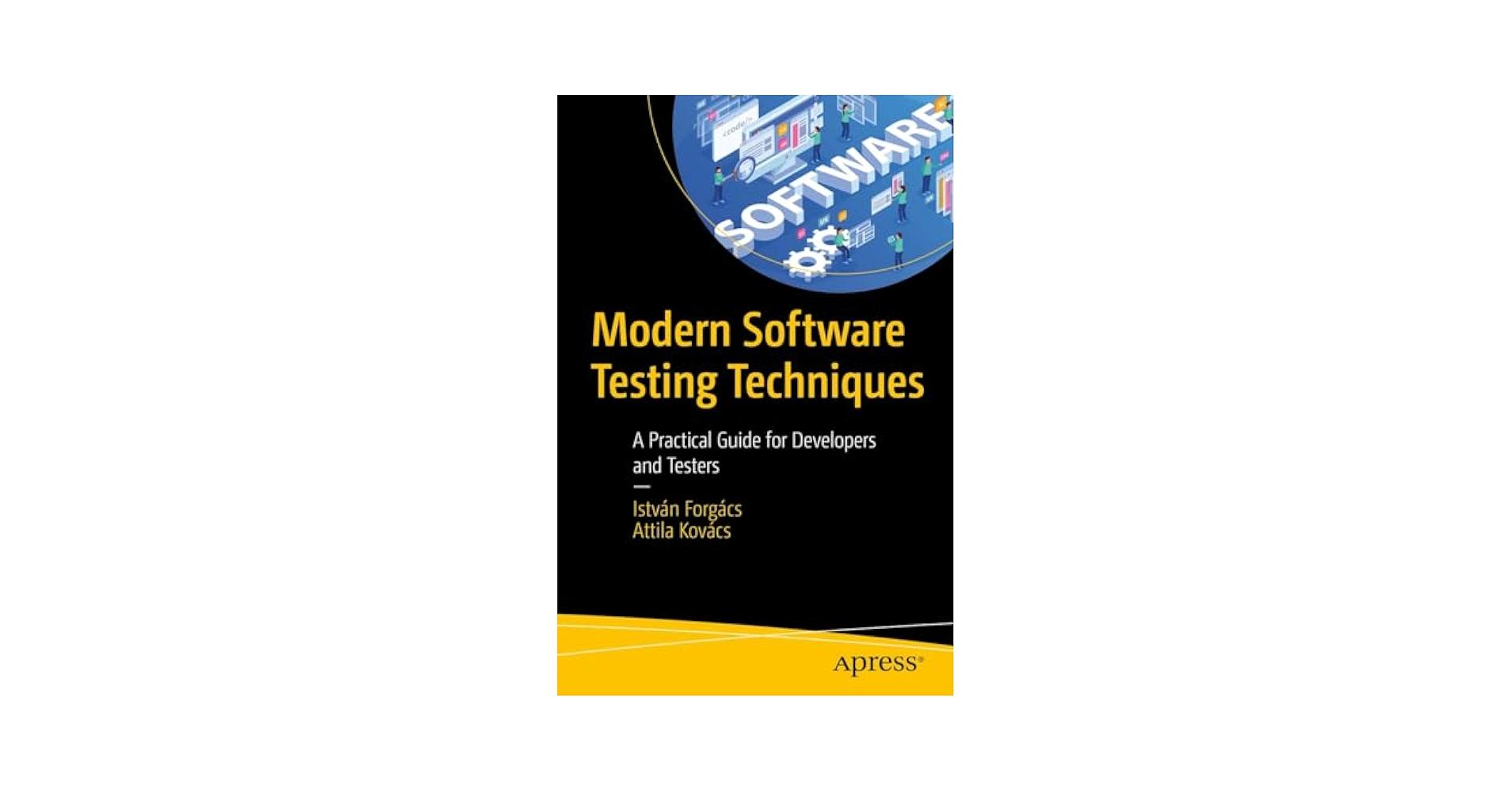
In the vast landscape of human endeavor, tests stand as silent architects shaping knowledge, skills, and decisions. Beyond mere assessments, they are intricate art forms-carefully crafted to measure, challenge, and reveal. “The Art of the Test: Unveiling Its Role and Impact” invites us to explore these dynamic instruments from a fresh perspective, uncovering how tests influence learning, innovation, and even societal progress. Through this exploration, we begin to appreciate the subtle complexities and profound implications embedded within every question posed and every answer sought.
Table of Contents
- The Evolution of Testing in Modern Practices
- Decoding the Psychological and Practical Impact of Assessment
- Strategies for Designing Effective and Fair Tests
- Integrating Feedback to Enhance Learning and Performance
- Q&A
- The Conclusion

The Evolution of Testing in Modern Practices
Over the decades, testing has transcended its traditional boundaries, becoming an indispensable craft in the realm of software development. Where once manual tests ruled, the rise of automation has revolutionized workflows, introducing precision and repeatability that human hands could scarcely achieve. Today’s practices embrace continuous integration and deployment (CI/CD), embedding testing deeply within the development pipeline to catch issues in near real-time. This evolution has shifted testing from a final checkpoint to an ongoing dialogue between developers and quality assurance professionals, fostering collaboration that elevates product reliability.
Modern testing methodologies are now a blend of art and science, incorporating diverse strategies to address the multifaceted nature of software ecosystems. Some key elements defining this landscape include:
- Shift-left testing: Engaging testers early in the design and development phases to prevent defects before they emerge.
- Behavior-driven development (BDD): Encouraging clear communication between developers, testers, and stakeholders through shared language and examples.
- Test automation frameworks: Leveraging tools that reduce redundancy, increase coverage, and accelerate feedback loops.
- Exploratory testing: Harnessing human creativity and intuition to discover edge cases and unexpected behaviors.
| Testing Era | Dominant Practice | Key Benefit |
|---|---|---|
| 1970s-1990s | Manual Testing | Human intuition and oversight |
| 2000s | Automated Testing | Speed and accuracy |
| 2010s-Present | Continuous Testing | Early issue detection & collaboration |

Decoding the Psychological and Practical Impact of Assessment
Assessments are more than mere gateways to knowledge; they serve as psychological mirrors reflecting a learner’s confidence, motivation, and stress levels. The anticipation before an exam often triggers a cocktail of emotions-excitement, anxiety, even self-doubt. These feelings, while sometimes uncomfortable, play a critical role in sharpening focus and driving preparation. However, the way individuals perceive assessments can drastically shape their outcomes. For some, tests are empowering moments to showcase growth, while for others, they can become sources of debilitating pressure, influencing performance unrelated to true competence.
On the practical front, assessments function as both diagnostic tools and motivators. They help educators pinpoint areas of strength and weakness and guide the customization of future learning strategies. Often underestimated is how the format and frequency of assessments impact learning dynamics:
- Frequent low-stakes quizzes: Foster continuous engagement and reduce test anxiety.
- High-stakes exams: Can consolidate knowledge but risk promoting short-term cramming.
- Collaborative assessments: Enhance communication skills and deepen understanding.
| Assessment Type | Psychological Impact | Practical Benefit |
|---|---|---|
| Formative | Encourages growth mindset | Guides tailored instruction |
| Summative | Triggers performance pressure | Measures mastery of content |
| Peer-assessment | Builds confidence and empathy | Enhances critical thinking |

Strategies for Designing Effective and Fair Tests
Crafting assessments that are both effective and equitable requires a thoughtful balance between measuring knowledge and respecting diverse learning styles. A key approach lies in aligning questions with clear learning objectives, ensuring each item genuinely reflects the skills and concepts intended to be evaluated. Incorporating varied question types-such as multiple-choice, short answer, and scenario-based prompts-can address different cognitive levels and provide a more comprehensive picture of learner understanding. Additionally, consistent use of clear, unbiased language helps minimize misunderstanding and prevent inadvertent advantages or disadvantages to any group.
Transparency and student engagement are paramount in setting up fair evaluations. Sharing rubrics and grading criteria before testing helps learners anticipate expectations and gain confidence in the process. Below is a concise comparison table highlighting essential strategies with their expected benefits:
| Strategy | Benefit | Implementation Tip |
|---|---|---|
| Clear Objective Alignment | Focused assessment, reduced ambiguity | Map questions to syllabus goals |
| Diverse Question Formats | Engages different thinking processes | Mix multiple-choice with open-ended items |
| Transparent Criteria | Builds trust and clarity | Distribute detailed rubrics beforehand |

Integrating Feedback to Enhance Learning and Performance
Feedback acts as a compass in the labyrinth of learning, guiding individuals toward mastery and improvement. When integrated thoughtfully, it transforms tests from mere evaluations into powerful tools of growth. Instead of simply revealing where answers fall short, effective feedback highlights specific areas for development, fosters a mindset open to reflection, and encourages learners to engage actively with their mistakes. This continuous loop of input and adjustment is what propels both knowledge retention and skill performance to new heights.
Consider the multidimensional nature of feedback and its integration methods, which can be broken down into key elements that energize the learning process:
- Timeliness: Prompt feedback allows learners to connect results with actions swiftly.
- Clarity: Clear, jargon-free language ensures comprehension and reduces frustration.
- Constructiveness: Offering concrete suggestions enables effective correction and improvement.
- Encouragement: Positive reinforcement boosts motivation and confidence.
Below is a simple illustration of how feedback can move learners from initial confusion toward mastery:
| Stage | Feedback Focus | Outcome |
|---|---|---|
| Identification | Highlighting errors clearly | Increased awareness of gaps |
| Explanation | Understanding root causes | Deep conceptual comprehension |
| Correction | Providing actionable steps | Effective behavioral adjustments |
| Reinforcement | Affirming progress | Boosted engagement and persistence |
Q&A
Q&A: The Art of the Test-Unveiling Its Role and Impact Q1: What does “The Art of the Test” refer to? A1: “The Art of the Test” captures the intricate balance between science and creativity involved in designing, administering, and interpreting tests. It emphasizes that testing is not merely a mechanical process but a thoughtful practice shaped by purpose, context, and human insight. Q2: Why is testing considered an art and not just a technical procedure? A2: While tests rely on technical frameworks and data, crafting effective tests requires intuition, empathy, and adaptability. Understanding what to measure, how to phrase questions, and how to interpret nuanced responses involves creativity akin to artistry-it’s about shaping tools that reveal deeper truths. Q3: In what areas does the role of testing prove especially significant? A3: Testing plays a pivotal role in education, psychology, medicine, software development, and beyond. Each domain uses testing to assess knowledge, diagnose conditions, ensure quality, or validate hypotheses, thereby impacting decisions and advancements at many levels. Q4: How do tests influence individuals and communities? A4: Tests can motivate growth, identify strengths and weaknesses, and foster accountability. However, they also carry weighty consequences, influencing self-perception, educational paths, career opportunities, and social equity. The art lies in designing tests that inform without limiting. Q5: What challenges emerge in the art of test-making? A5: Challenges include avoiding bias, ensuring fairness, balancing comprehensiveness with simplicity, and maintaining relevance over time. Test-makers must navigate ethical considerations and evolving standards, making the process a dynamic blend of precision and judgment. Q6: How has technology transformed the art of testing? A6: Technology has introduced adaptive testing, real-time analytics, and remote administration, amplifying accessibility and personalization. Yet, it also demands vigilance regarding data privacy, digital divides, and the preservation of human-centered interpretation. Q7: Can the art of testing evolve in the future? A7: Absolutely. As understanding of cognition, culture, and technology deepens, testing will become more nuanced and responsive. The future points toward integrative approaches that honor diversity, promote growth, and harness innovation to refine how we measure and learn. Q8: What is the ultimate purpose behind mastering the art of the test? A8: The ultimate goal is to illuminate truth and potential-helping individuals and societies make informed decisions, celebrate progress, and address challenges. When crafted with care, tests become powerful instruments of insight rather than mere hurdles.
The Conclusion
As the final word in the grand narrative of inquiry and discovery, the art of the test reveals itself not merely as a tool of measurement, but as a timeless bridge between curiosity and comprehension. It challenges us, refines our understanding, and ultimately shapes the paths we choose to pursue. In appreciating its role and impact, we recognize that every test is more than a question posed-it is an invitation to grow, to innovate, and to unveil the deeper layers of knowledge that define the human experience.



